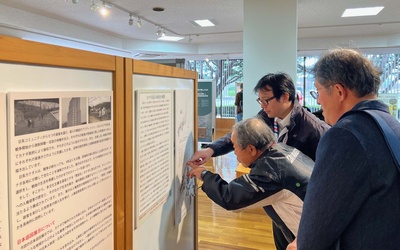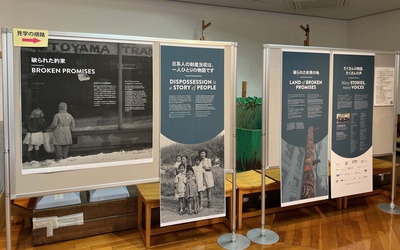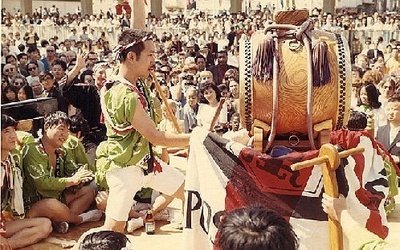Masumi Izumi
Masumi Izumi is a Professor of North American Studies at the Department of Global and Regional Studies, Doshisha University, in Kyoto, Japan. She is a historian of Japanese Americans and Japanese Canadians, and she has written extensively about their wartime removal and incarceration as well as about their post-internment community building efforts. Through the studies of the Japanese diaspora populations, Masumi attempts to reinterpret notions such as “citizenship” and “nationalism” from a transnational perspective. Her works include The Rise and Fall of America’s Concentration Camp Law: Civil Liberties Debates from the Internment to McCarthyism and the Radical 1960s (Temple University Press, 2019). Outstanding Academic Title, CHOICE, 2020, available in paperback. She also translated The Tule Lake Stockade Diary, a secret prison diary written by Tatsuo Ryusei Inouye, a Kibei Nisei Judo master, accessible in the UCLA Suyama Project Website.
Updated March 2023
Stories from This Author
Broken Promises: A Japanese-Canadian History Exhibit in Shiga, Japan—Part 2
March 13, 2024 • Masumi Izumi
Read Part 1 >> From November 1, 2023 to February 25, 2024, the Shiga Peace Museum in Higashiomi, Shiga Prefecture, hosted Broken Promises: Japanese Canadians in the Pacific War, a travel exhibition on the wartime displacement and dispossession of Japanese Canadians. In conjunction with the exhibition, on November 18, descendants of emigrants from Mio, Wakayama, to Canada and the students and teachers of “Kataribe Junior,” a youth group studying Wakayama’s emigration history, interacted with descendants of the Shiga emigrants and …
Broken Promises: A Japanese-Canadian History Exhibit in Shiga, Japan — Part 1
March 12, 2024 • Masumi Izumi
From November 1, 2023 to February 25, 2024, the Shiga Peace Museum in Higashiomi City, Shiga Prefecture, hosted Broken Promises: Japanese Canadians in the Pacific War, an exhibition on the wartime displacement and dispossession of Japanese Canadians. This exhibition, which was originally created by the Nikkei National Museum in Vancouver and toured across Canada, not only linked Nikkei studies in Canada with migration studies in Japan, but also created new connections among the communities within Japan where the migrants in Canada …
A Brief History of Taiko - Part 2
March 22, 2010 • Masumi Izumi
>> Part 1 As in Japan, taiko’s function in the United States took a dramatic turn once it was taken out of a ritualistic context. Putting the drum away after the Bon odori in the summer of 1969, Reverend Masao Kodani of Senshin Buddhist Temple in Los Angeles and a temple member George Abe started playing the drum. Hours later, with blistered and bloodied hands, the two young Nikkei men decided that “it was fun!” They were soon joined by …
A Brief History of Taiko - Part 1
March 15, 2010 • Masumi Izumi
Percussion is probably the oldest musical instrument in human civilization. In fact, it is older than written language. In Yoruba Land in Nigeria, for example, drums have been used as speech surrogate for thousands of years. Dundun, or talking drum, could be heard from as far as two miles away. With a relay system, the Yoruba people used talking drums as an important means of telecommunication long before the invention of modern technology. Taiko, or “big drum” in Japanese, also …





